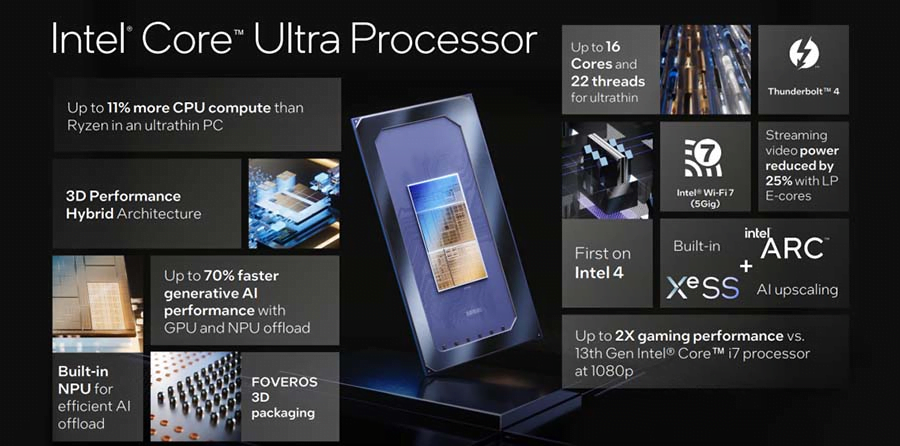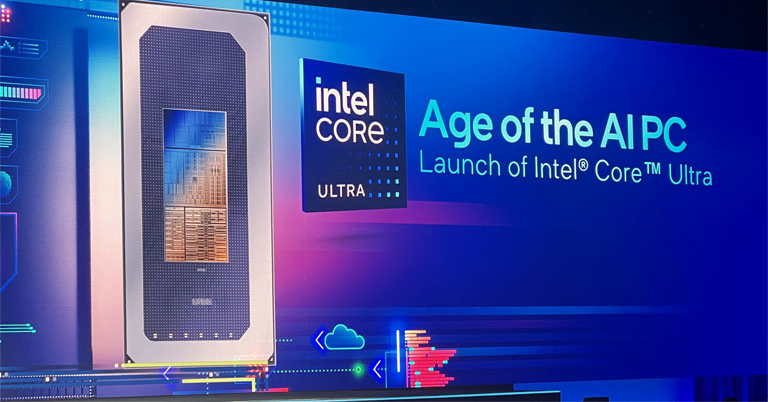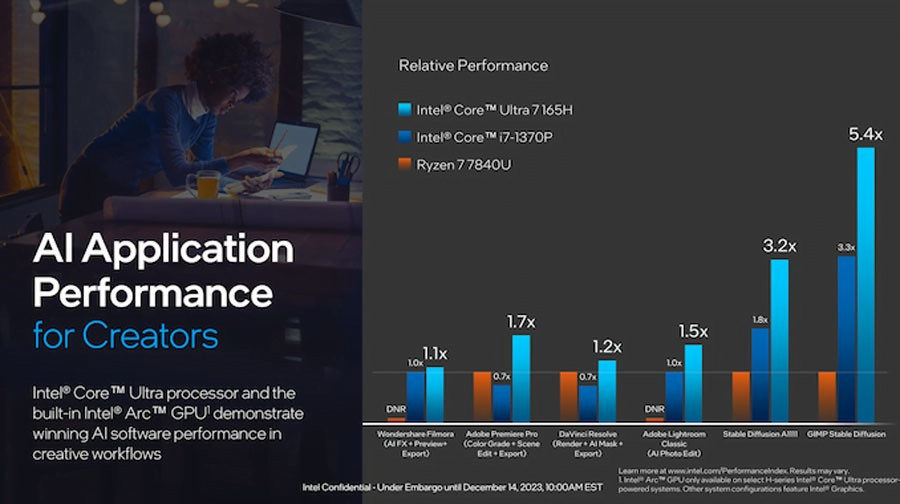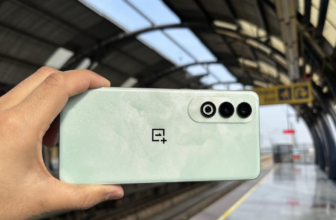
In a bid to reclaim its standing in the highly competitive chip market, Intel has launched the latest Core Ultra series, featuring the revolutionary Meteor Lake platform. This development comes at a crucial time for Intel, which has faced tough competition from rivals such as AMD and Apple. The Meteor Lake platform boasts Foveros 3D packing technology, introducing a shift in chip design for enhanced flexibility and efficiency.
Meteor Lake: Breaking Conventions
Overview of Meteor Lake: Meteor Lake represents a departure from monolithic structures, embracing Foveros 3D packing technology. The Intel 4 process node and modular design offer improved communication and efficiency, positioning Intel competitively in the mobile market.
Manufacturing Process and Performance: The Intel 4 process node brings a 20% performance boost or a remarkable 40% decrease in power consumption compared to its predecessor, Intel 7. However, CPU performance improvements are less visible, adding complexity with the introduction of the ‘Core Ultra’ rebranding.

Graphics and AI Advancements
Arc Graphics: Meteor Lake introduces Arc-integrated graphics, a significant leap from Intel’s previous offerings, promising up to 20% better performance. This marks a commendable improvement in visual processing capabilities.
Neural Processing Unit (NPU): Similar to AMD’s 8040 series, Meteor Lake features a dedicated NPU for AI-related tasks, accelerating AI features in day-to-day applications. The support for newer low-powered memory enhances overall performance.
Naming Complexity and Product Stack
Confusing Product Stack: Intel’s naming approach for Meteor Lake introduces complexity, departing from previous conventions. The introduction of ‘Series 1’ and letter-based ranges like ‘H’ for high-performance laptops and ‘U’ for Ultrabooks may pose challenges for consumers in discerning the distinctions within Intel’s lineup.

Performance and Efficiency Assessment
Performance Comparison: Benchmarking against competitors, including Apple’s M series processors and AMD’s Zen processors, reveals Meteor Lake’s shortfall in CPU performance. Despite this, the graphics capabilities demonstrate a significant leap, outperforming AMD’s Zen 4 processor.
Heat, Fan Noise, and Battery Life: Laptops powered by Intel Core Ultra chips face scrutiny in terms of heat dissipation, fan noise, and battery life. While there is a modest improvement in battery life, challenges with excessive heat and noise levels raise questions about the balance between performance and practical considerations.
Conclusion and Future Prospects
Intel Core Ultra: Conclusion: Meteor Lake showcases notable advancements in power efficiency and graphics capabilities. However, the confusion in product naming and the absence of significant CPU performance improvements highlight areas for refinement. Striking a balance between performance and practical considerations is crucial for laptop manufacturers integrating Meteor Lake.
Looking Ahead: The competitive edge Intel seeks in the laptop market relies on addressing these challenges. Future firmware updates and driver optimizations may unfold more substantial benefits. As the industry evolves, Intel’s ability to position itself at the forefront of innovation remains a key factor in its success.
In conclusion, while Meteor Lake marks a positive step for Intel, the company must navigate challenges to solidify its position in the ever-competitive laptop market.







[…] Graphics: The ARM Mali-G68 GPU with 4 cores enhances graphics performance, catering to gaming and multimedia […]